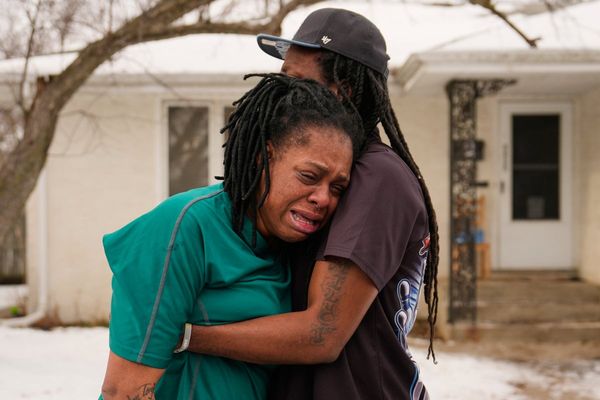
The number of Victorians testing themselves for cervical cancer has soared, with the uptake higher in regional and disadvantaged areas.
Strict rules about who could self-administer swabs changed in July 2022 and over the following 12 months 45,474 tests were done.
That's a 24-fold increase on the year before, according to data from the National Cancer Screening Register released on Wednesday.
Take up in disadvantaged areas was about 20 per cent, which is greater than the 16 per cent recorded in the highest socio-economic areas.
More than 8000 self-administered tests were done by people who had never been screened before.
Professor Marion Saville, director of the Australian Centre for the Prevention of Cervical Cancer and ambassador for Pathology Awareness Australia, is pleased by the trend.
"The expansion of the self-collection option to all routine screening participants has really helped to get some people to screen who may otherwise not have," Prof Saville said.
"This shift demonstrates a growing awareness and proactive approach to this area of preventative health".
Prof Saville and cancer survivor Sherry McMillan will meet politicians on Wednesday at Victoria's parliament to encourage greater awareness of the tests.
The mum-of-two was diagnosed with cervical cancer six years ago after missing a screening test because the reminder was sent to an old address she had since moved away from.
She wants to do everything possible to ensure others avoid the ongoing impacts of cervical cancer.
"You are physically and psychologically affected and that affects your partner, too," Ms McMillan said.
"My message to other women would be go and get screened, being able to do a self-collected test makes it easier now so I hope more women will get tested."
The data showed almost two in five self-collected tests were in those aged 55 and over while about one quarter of those overdue for screening chose self-administered swabs.
Prof Saville said self-collection was one of the best tools available to reduce health disparities in cervical cancer outcomes and move towards the elimination of this disease.
Cervical screening tests look for signs of human papillomavirus, which causes most cervical cancers.







